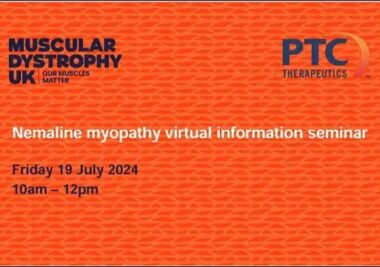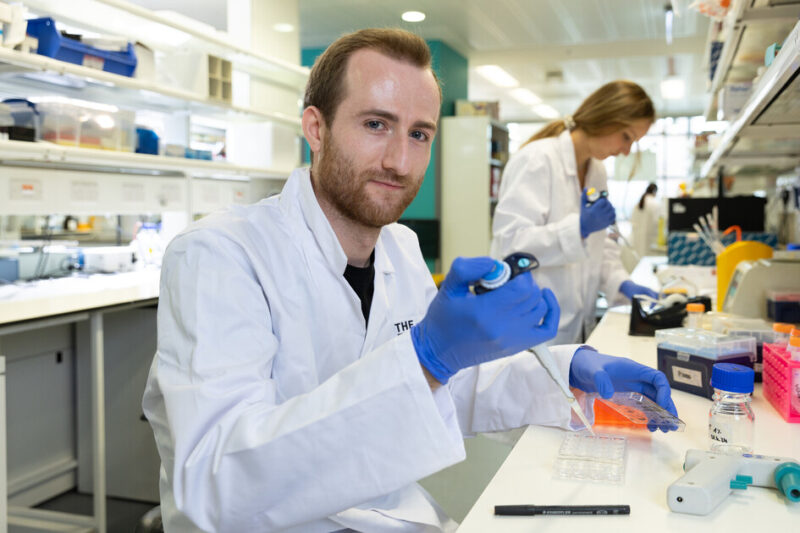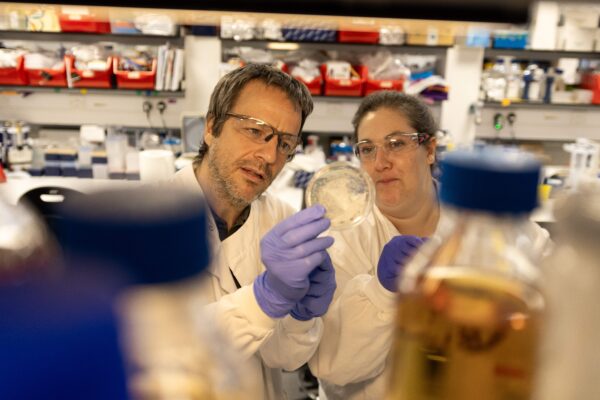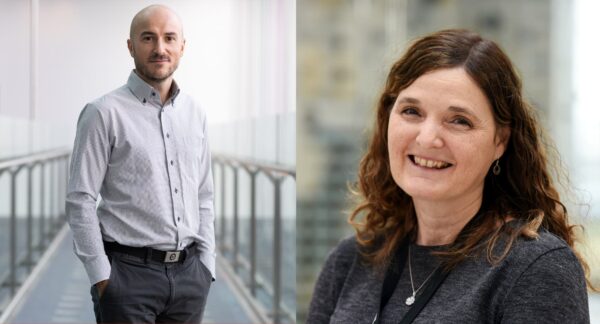We’re delighted to announce we’ve awarded around £600,000 to Professor Laurent Servais at the University of Oxford to carry out a natural history study of people living with nemaline myopathies.
Understanding how symptoms of nemaline myopathies change over time

Nemaline, or rod, myopathies are types of congenital myopathies characterised by rod-like structures in the muscle cells. They are accompanied by symptoms such as muscle weakness, as well as breathing and eating problems. Nemaline myopathies are rare conditions, affecting around one in every 50,000 people. They are caused by changes in several genes, including ACTA1, NEB, TPM3, TPM2, TNNT1.
What are natural history studies and why are they important?
Developing treatments for these conditions requires a thorough understanding of the natural causes and progression of the condition. Given a number of different genetic changes that can cause nemaline myopathies, it’s important to document these, as this can help shape future research studies and clinical trials.
This is why we have observational studies called natural history studies. Through these studies, researchers and clinicians can access invaluable information about people’s conditions, the progression of it and if/how they are managing it. Having this information would benefit clinical trials, helping to identify reliable and viable outcome measures (a set of measures used in clinical trials to test if a specific drug is making a difference), as well as identify people who are suitable to take part in these trials.
Agreed recommendations for natural history study design
In 2019, a group of specialists came together to outline the recommended design for a natural history study that will help shape future clinical trials. The benefit of having international consensus on a study design means that information collected by teams from all around the world can be compared on a ‘like for like’ basis. This is particularly important when looking at very rare conditions.
Our grant award to set up a natural history study for nemaline myopathies in the UK
Following this meeting, we asked researchers to submit proposals for a natural history study for people living with nemaline myopathies that followed the study design agreed by the international experts.
Professor Laurent Servais, at the University of Oxford, will lead a UK team including Oxford, London (Great Ormond Street Hospital and Evelina Children’s Hospital) and Newcastle to study the natural history of nemaline myopathy. The team aims to recruit 45 patients across these four sites. The team is also working with international groups to make sure their study designs match up.
Participants of different ages, children and adults, and stages of conditions will be observed for three years. The team will measure medical data, including how they experienced their first symptoms and how these changed over time. They will assess motor function (the ability to perform certain tasks), breathing, swallowing function as well as quality of life and fatigue. Participants will also be asked to complete questionnaires about their quality of life.
As part of the study, the clinicians hope to identify assessments that are sensitive to changes in a person’s condition and predict how the condition will progress based on symptoms. Likewise, this study will be used to prepare for clinical trials by optimising the recruitment of patients.
The clinicians will also engage the community with updates on the progress of this study, by giving updates at patient conferences, and through social media. We will share updates too.
We will provide a separate announcement once the recruitment starts for this study.
Watch our seminar



